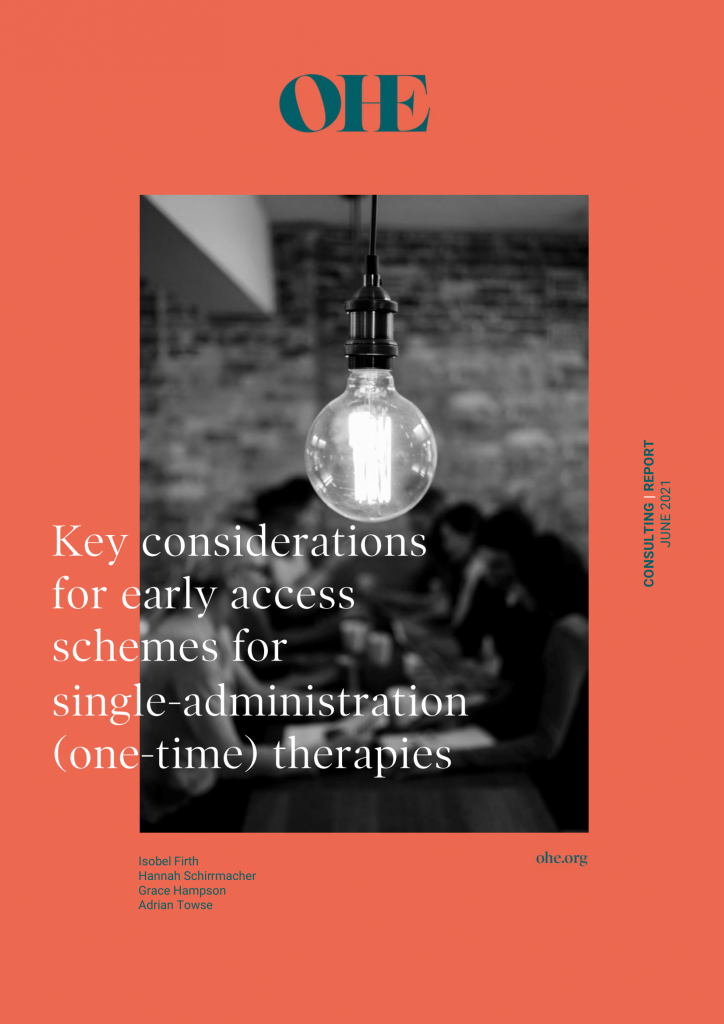Cell and Gene Therapies
Cell and gene therapies offer substantial therapeutic benefits but are expensive and often have a limited evidence base at launch. There are concerns over affordability and long-term cost-effectiveness, as well as uncertainty as to whether their value is accurately captured by current HTA methods.

Challenges and Solutions for Budget Impact Analysis of Gene Therapies
10 March 2025
Gene therapies represent a paradigm shift in medicine, offering the potential for significant improvements in both quality and longevity of life, by addressing the root genetic…

Using Target Product Profiles (TPPs) to improve diagnostic testing for cancer
10 June 2024
Tackling cancer is a major global priority. Early detection and diagnosis can help patients get timely access to treatment and dramatically improve cancer outcomes. This relies, in part, on the effective diagnostic tests.

Are Recommendations for HTA of Gene Therapies Being Achieved?
11 September 2023
In this report, commissioned and funded by Pfizer, we explore the extent to which previous OHE recommendations for the health technology assessment (HTA) of gene therapies are being achieved in nine European countries, Australia, and Canada.

Cell & Gene Therapies: Can We Find Innovative Ways to Pay?
19 April 2023
Join OHE experts in Boston as they provide insights into innovative approaches to reimbursement for cell and gene therapies

Cost-effectiveness Analysis of Gene Therapies for Inherited Eye Disease: Are Current Discounting Approaches Too Short-sighted?
15 February 2023
Gene therapies pose fresh challenges for discounting practice by HTA agencies. In this blog, we discuss why discounting is important for gene therapies, using a potential gene therapy for X-Linked Retinitis Pigmentosa (XLRP) as an example.

ISPOR Europe Round-up: “Gene Therapies: Where High Promise Meets High Uncertainty, How Should HTA Methodologies Appropriately Value and Enable Access?”
8 December 2022
OHE, in collaboration with Pfizer, hosted an educational symposium entitled “Gene Therapies: Where High Promise Meets High Uncertainty, How Should HTA methodologies Appropriately Value and Enable Access?”.

ISPOR Issue Panel Roundup: Are Our HTA Methods Fit for Purpose for Gene Therapies?
6 June 2022
As part of OHE’s presence at ISPOR 2022 in Washington DC, we hosted an issue panel tackling the hot topic of health technology assessment (HTA) of…

Health Technology Assessment of Gene Therapies: Are Our Methods Fit for Purpose?
1 June 2022
Gene therapies represent a new era of medicine, offering the potential for truly transformational health gains, and further benefits for society and health systems.

Key Considerations for Early Access Schemes for Single-Administration (One-Time) Therapies
1 June 2021
Early access schemes enable patients in exceptional need to access therapies that are not yet available through their health system. These schemes were not designed for…